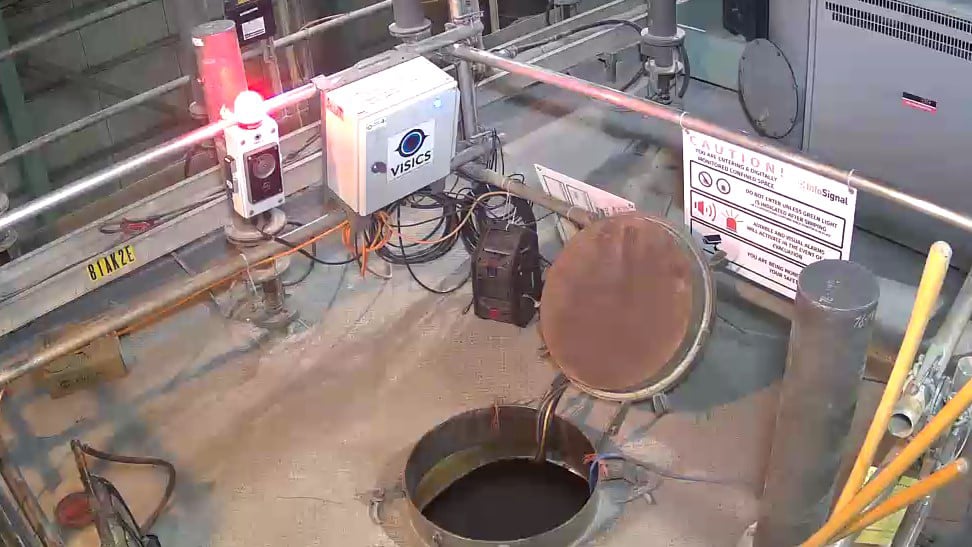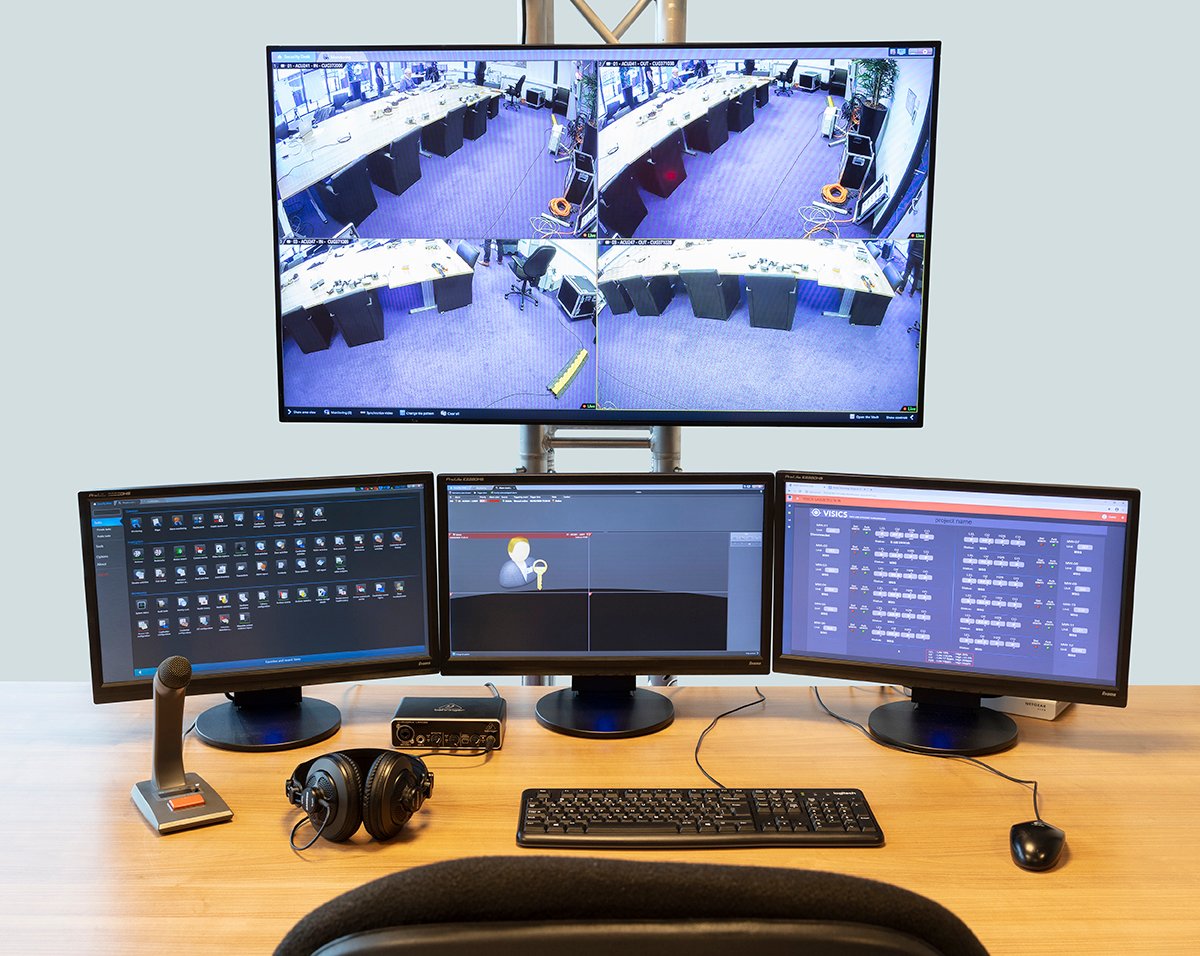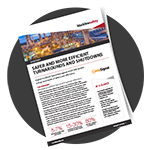Millions of workers enter confined spaces daily as part of their job duties. Many workplaces contain areas that are considered “confined spaces”, which are not intended for continuous occupancy but are large enough for workers to enter and perform required tasks. During shutdowns, turnarounds, and outages, the frequency – and associated risks – of a confined space entry (CSE) increase significantly. Managing confined space work environments and mitigating the associated hazards, such as limited visibility and communication, hazardous atmospheres, and limited entry/egress are essential. With the increase of contractors on site to handle gas testing, ventilation equipment installation, and confined spacing monitoring, new bottlenecks form.
According to the Bureau of Labor Statistics (BLS), two or more people die each week in the United States from bodily injuries sustained from confined space incidents. An estimated 60% of people who died in confined spaces did so while trying to rescue fellow workers.
Most industries still perform confined space monitoring the traditional way, which consists of assigning one safety attendant to monitor each entryway. In addition to being costly and inefficient, this limits the confined space attendant’s ability to monitor both worker activity and the atmosphere within the confined space. With growing labor shortages, finding qualified people to do this monitoring work is challenging.






